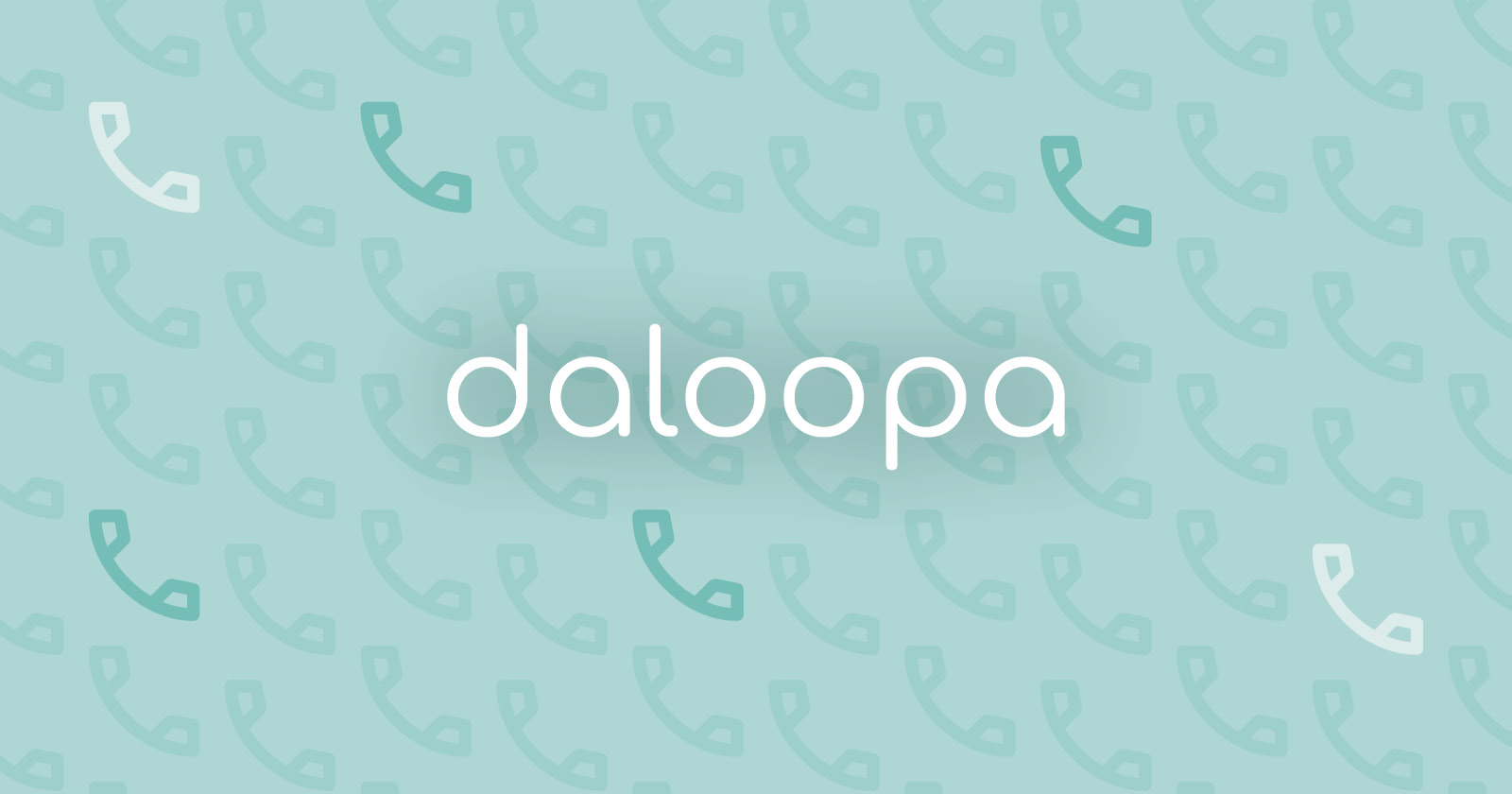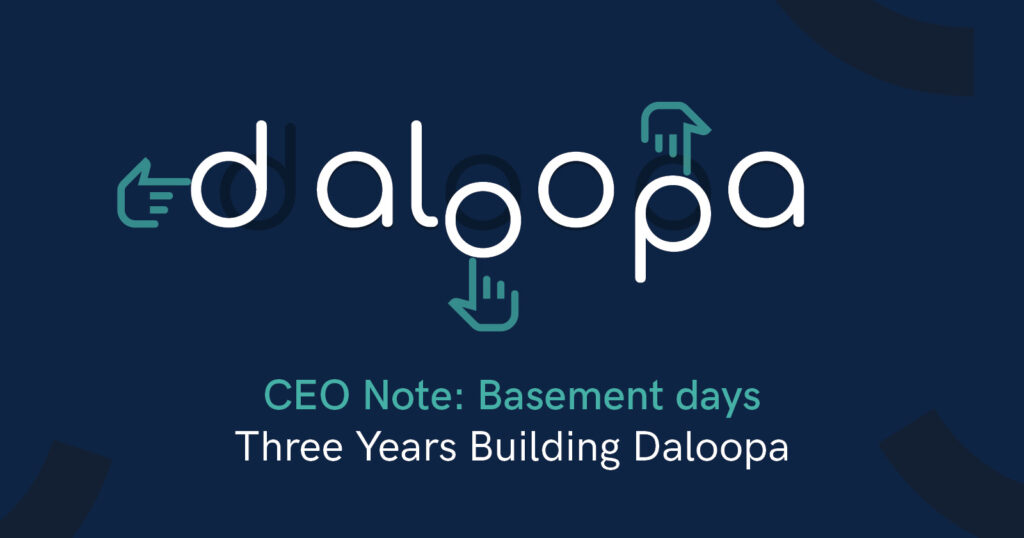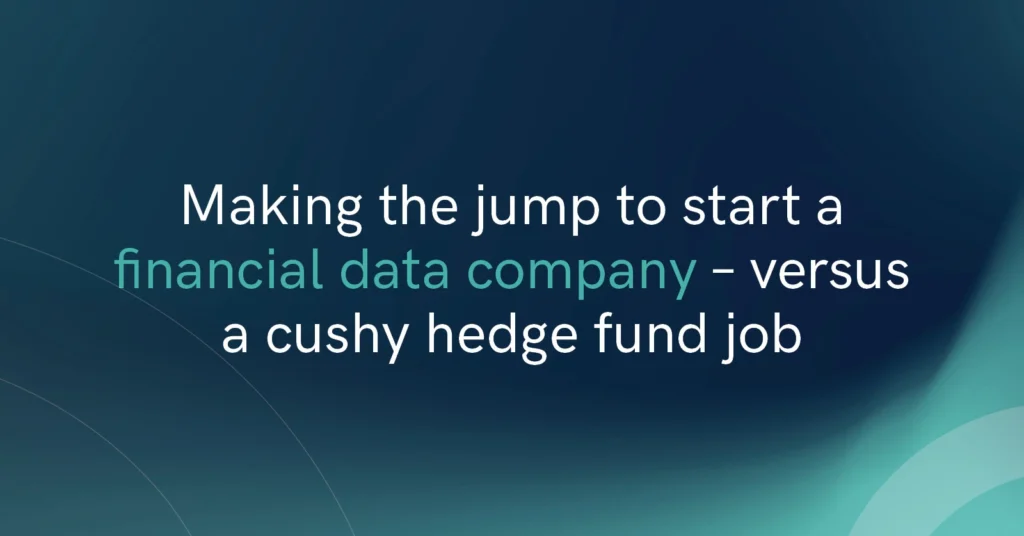Daloopa, the company I co-founded in 2019, started with a phone call.
I had been working as a tech, media and telecom analyst first at Point72 and then Angelo, Gordon & Co. I had grown frustrated by the long and manual processes we all had to go through to get data into spreadsheets.
Every analyst I knew struggled to manually extract key data from earnings releases and input it into Excel sheets. Also, it needed to happen fast to update models so they could be ready to ask insightful questions on conference calls held a few hours later.
Convinced there had to be a way to automate it, I reached out to Jeremy Huang who also went to New York University. Jeremy studied both engineering and business. He was unusual because the typical software engineer at NYU didn’t attend the meetings organized at the business school where we met.
Jeremy said he had been working on side projects with another NYU grad, Daniel Chen. At the time, Jeremy worked at AirBnB; Daniel was at Microsoft. We agreed to work together.
We didn’t immediately quit our jobs. We started by asking ourselves: “Is this even possible?”
We knew that it wasn’t hard to automatically extract some financial data and update worksheets. Income statements, for example, were already formatted in tables and the tables looked the same from company to company. So it could be automated. It was largely a solved problem.
The issue was that income statement data isn’t the valuable information analysts want. They are looking for KPIs – key performance indicators. These are the breakdowns of performance by segments and the “guidance” about what’s expected for the future.
Most analysts assumed this couldn’t be automated. It wasn’t structured and varied too much from company to company.
This is where we started, asking ourselves whether the rapidly evolving AI tools could help. We realized that AI could solve a part of the challenge and more importantly that it was improving.
Moreover, we determined that there was a business to be built automating data extraction.
After about six months of conversations, I told Jeremy and Daniel that if we thought this was possible it could be big. The sense that we had product market fit gave us confidence.
But I knew that people on Wall Street wouldn’t pay us for solving half a problem. To win customers the first time, your product has to be solid. So we built a prototype that was basically a database of 100 companies so people could try it out.
It was a bit janky but the data was very good. The feedback was mostly that we needed to cover a larger group of companies.
To make this work, I knew we would have to go full time.
I gave myself a deadline of the end of the year and then jumped.



